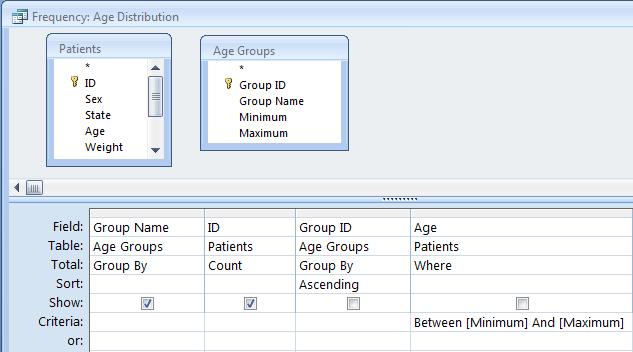Assembly Language Definition - Tech Terms.
In computer programming, assembly language (or assembler language), often abbreviated asm, is any low-level programming language in which there is a very strong correspondence between the instructions in the language and the architecture's machine code instructions. Because assembly depends on the machine code instructions, every assembler has its own assembly language which is designed for.A processor understands only machine language instructions, which are strings of 1's and 0's. However, machine language is too obscure and complex for using in software development. So, the low-level assembly language is designed for a specific family of processors that represents various instructions in symbolic code and a more understandable.Most compilers today optimize the code you write in a high-level language much better than anyone could ever write assembly code. People mostly use it to write code that would otherwise be impossible to write in a high-level language like C. If someone uses it for anything else means he is either better at optimization than a modern compiler (I doubt that) or just plain stupid, e.g. he doesn't.
In assembly language, programmers write programs as a series of mnemonics. Mnemonics are much easier to understand and debug. than machine code, giving programmers a simpler way of directly.Assembly language helps programmers to write the human-readable code that is almost similar to machine language. Machine language is difficult to understand and read as it is just a series of numbers. Assembly language helps in providing full control of what tasks a computer is performing. Find the below steps to print “Hello world” in Windows.

Assembly language has conditional jumps. These are things like jump if the carry bit is set, or if the zero bit it set. Sometimes it has a few more, but these two are all you need. So an if then else involves a few steps - I’ll pseudocode it. Step.












